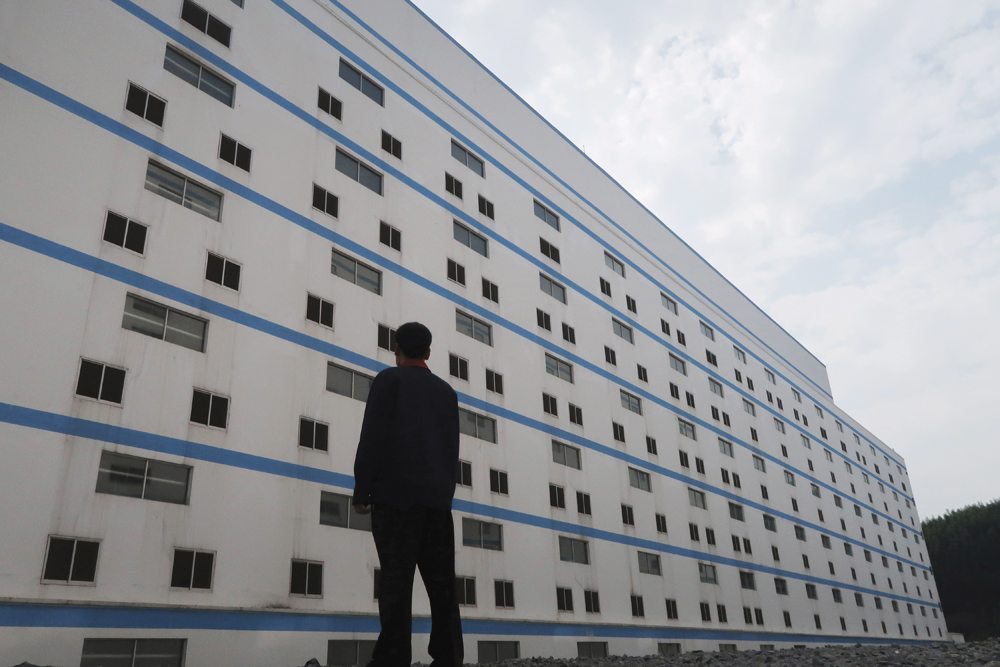Bernie Peet is president of Pork Chain Consulting Ltd. of Lacombe, Alberta, and editor of Western Hog Journal. His columns will run every second week in the Manitoba Co-operator.
Many aspects of gilt and sow management affect feed use efficiency and getting these right can help to control sow feed costs, says Andrew Jackson, with swine-breeding company PIC. At each stage of production there are opportunities to use feed more effectively, which provide the possibility of reducing feed cost per piglet weaned significantly, he suggests.
Read Also

Pig transport stress costs pork sector
Popular livestock trailer designs also increase pig stress during transportation, hitting at meat quality, animal welfare and farm profit, Agriculture and Agri-Food Canada researcher says
GILT DEVELOPMENT TO FIRST BREEDING
There are many studies that provide producers with guidance in terms of targets for gilt age, weight and backfat at first service. The ability to hit the correct targets not only has a significant impact on the sow’s lifetime performance, but also affects feed cost prior to breeding.
“Breeding the gilt at 240 rather than 210 days of age requires 30 days more feed which would cost $24 a gilt, assuming a feed price of $266/tonne and three kg per day consumption,” explains Jackson. “If the sow produces 55 piglets in her lifetime, this represents $0.43 a piglet in additional feed costs.”
He adds that it is important to know what target criteria for gilts the breeding company recommends, to know what is actually being achieved and to minimize the number of empty days up to breeding.
Breeding a gilt too heavy can also impact feed usage over the rest of her life, Jackson says.
“It is estimated that for each 23 kg of extra weight at first breeding an additional 0.15 kg of feed is needed each day of gestation,” he says. “On a lifetime basis of six gestations and a cost $266/tonne for feed, that is an additional $27.77 per sow or $0.50 per piglet produced, assuming 55 piglets produced per sow lifetime.”
GESTATION FEED USAGE
Jackson says that on many farms, gestation feed management is a neglected task that is often done in a haphazard way. Both over-and underfeeding the sow in gestation lead to lower lactation feed intake and reduced weaning weights, higher pre-weaning mortality, poorer subsequent reproductive performance and higher sow mortality, he says. Therefore, it is essential to manage feed intake in order to achieve good productivity while minimizing feed costs.
The first goal of an effective gestation feeding program is to have 85-90 per cent of the gestating sows in “normal” condition by the fifth week of gestation, Jackson says. “What is meant by normal needs to be defined to some extent by the genotype but a body condition score of 2.5-3.5 and between 14 and 16 mm of P2 backfat would be typical.
“We know that backfat at far rowing inf luences both lactation feed intake and subsequent total born such that we can aim at some specific targets for a sow about to farrow,” Jackson says. “We definitely need to avoid fat sows because of the negative impact on feed intake in lactation.”
A process should be defined to manage the individual sows to the set targets, he suggests.
“Body condition scoring is still the most widely used method but taping, weighing and/or backfat measurements can also be used. Whatever the system, it needs to be easy, reliable and clearly defined. Starting seven days post-service, the sows’ body condition should be reviewed about every five weeks and feed levels altered where necessary.”
MONITORING FEED INTAKE
Jackson advises the use of sow cards to monitor individual feed intake and to record any changes made to feed level after routine condition scoring. He also recommends that total usage of gestation feed and lactation feed are recorded to monitor whether the correct overall usage of each diet is being achieved. Using a feed budget allows the lactation feed use as a percentage of gestation use to be compared to the budget on a monthly basis.
“If lactation feed usage is less than budget, this could be the result of overfeeding in gestation,” Jackson explains. “Overfeeding by just 50 g per day in gestation equates to about 5.8 kg of overfeeding per sow per gestation, which at $266 per tonne is $3.70 per sow per year.
“It’s very important to ask whether we are feeding what we think we are feeding,” he stresses. “What is the density of the ration fed and are our feed boxes calibrated such that we know what weight of feed we are placing in front of the sows?”
Feed boxes are designed to work at a particular angle, Jackson notes. If they are no longer set at that correct angle a small difference can easily alter the amount of feed dropped by 10 per cent. “This means that on a 1.8 kg drop the inaccuracy can be as much as 180 g per drop,” he says. “Overfeeding by 180 g per day would cost $13.32 per sow! Over a sow’s lifetime that is about $33 or approximately $0.60 a piglet produced.”
Changes in density of the sow ration must also be taken account of because drop boxes assume a volume to weight re l a t ionship.Cal ibra t ion should be done as regularly as possible and adjustments made to feed levels if necessary, Jackson advises.
While lactation feeding is very important, he concludes, the amount of feed consumed in gestation and the condition of the sow at farrowing are two of the biggest influences on lactation feed intake. “Getting gestation feeding right not only has a huge impact on how much the sow eats in the farrowing crate, but has the potential to make worthwhile savings in feed costs.”

















